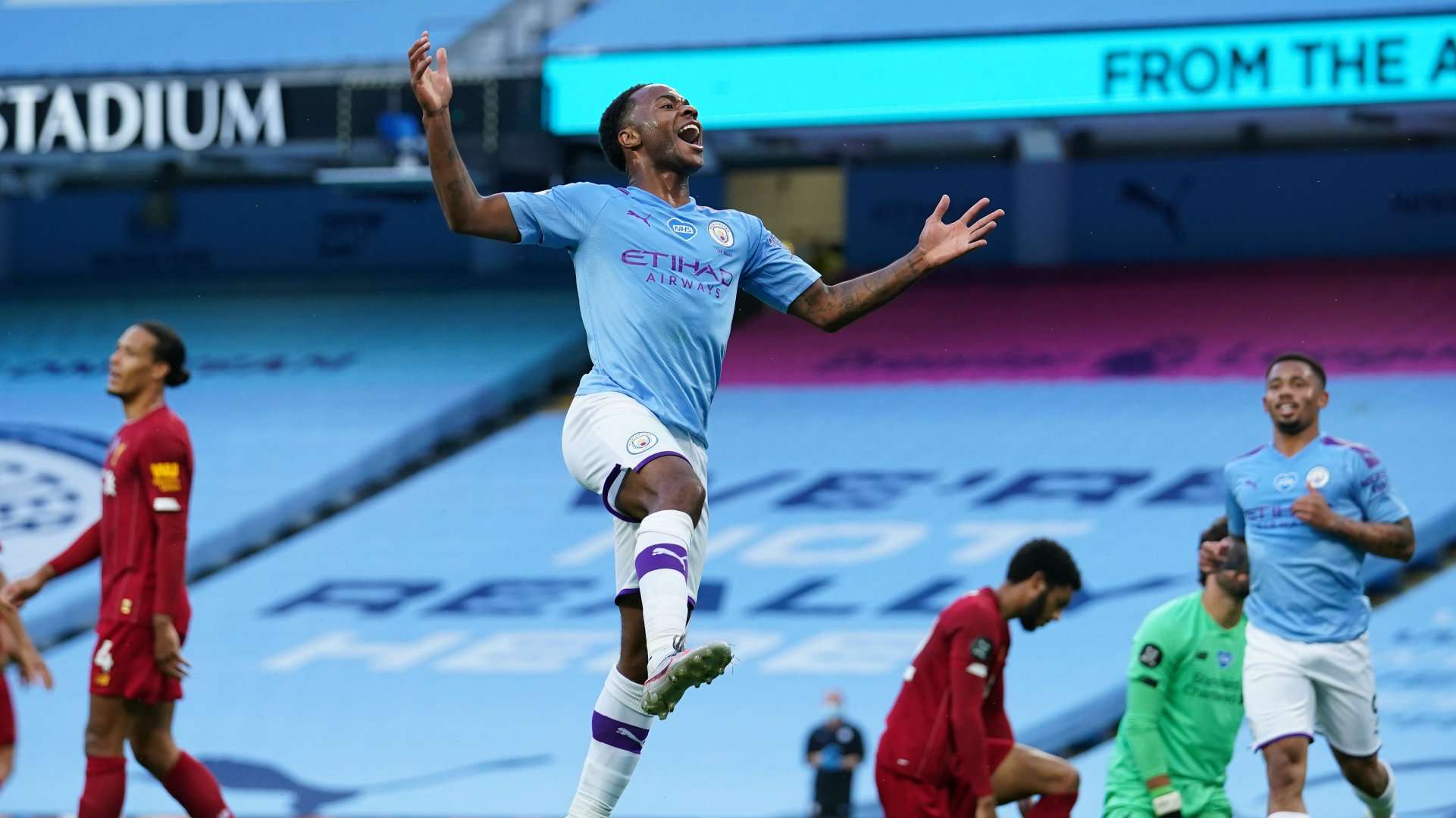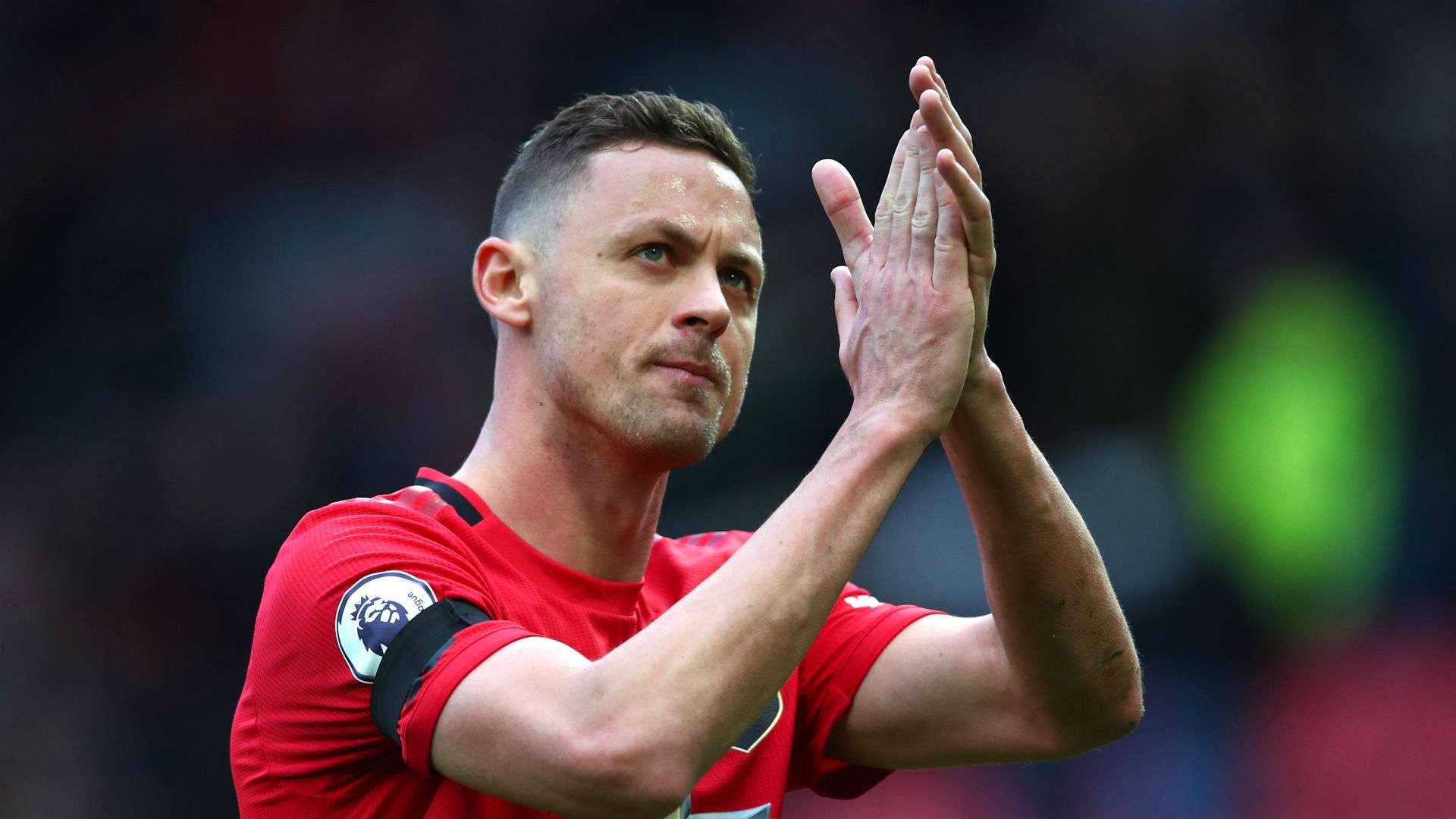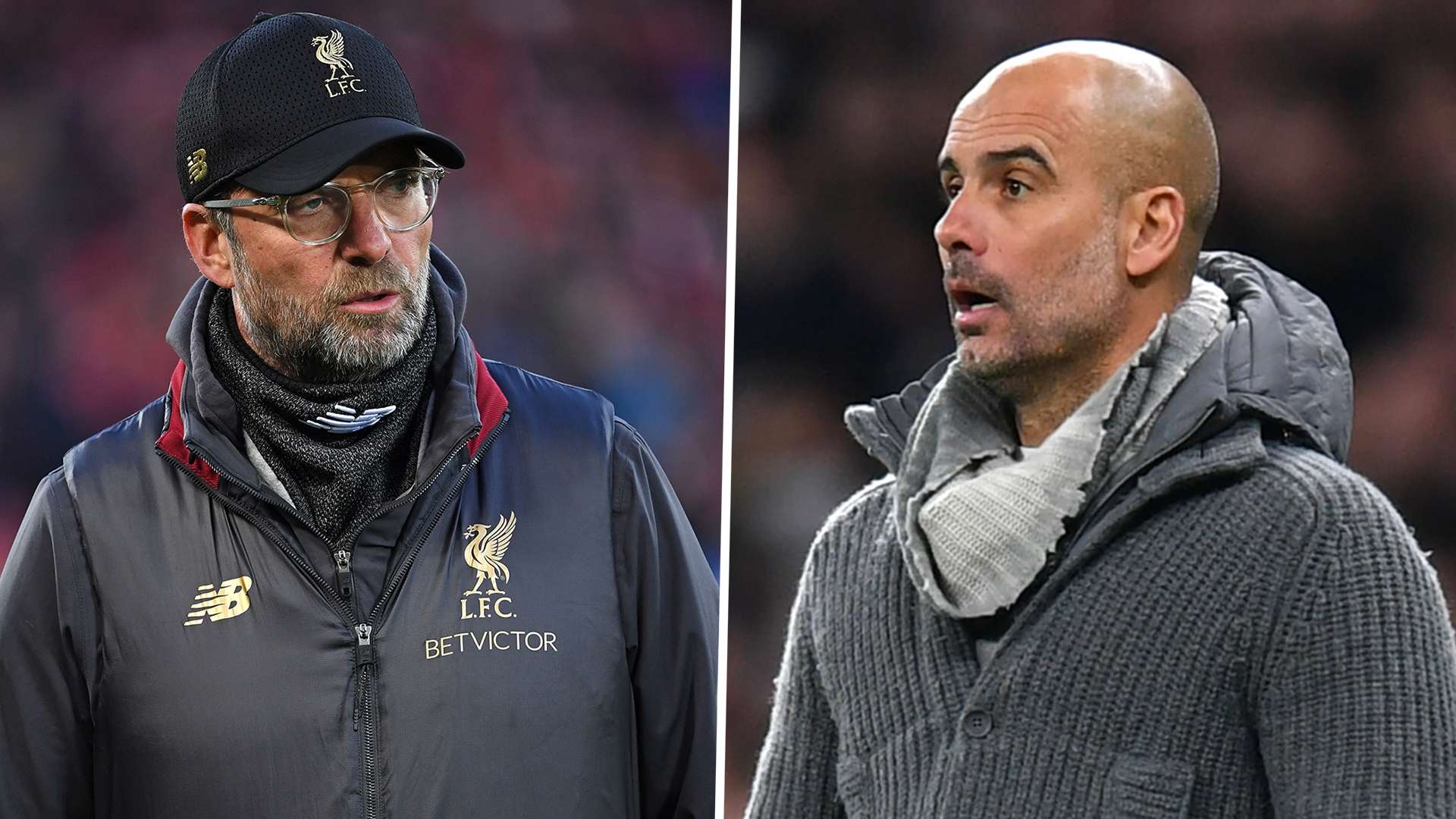It's already shaping up to be an almighty battle for the Premier League title next season.
Liverpool may have wrapped up this season's edition with seven games to spare but there is no denying that deposed champions Manchester City delivered a shot across the bows of Jurgen Klopp and his team on Thursday.
Elsewhere, Manchester United gained more ground in the pursuit of Champions League football as Chelsea's topsy-turvy season continued with a damaging loss at West Ham.
Jose Mourinho looks no nearer to solving his Tottenham problems, meanwhile, following a 3-1 defeat away at Bramall Lane.
Here, then, is the tactical story of the matchday.
1) Man City’s counterattacking suggests Pep has discovered how to beat Klopp
Whether Liverpool were carrying the physical effects of last week’s celebrations or suffering an unconscious drop in motivation, their defensive collapse on Thursday night should not be taken as a sign of things to come.
In fact, they were competitive for the first 30 minutes, with a deliberate tactical strategy of chipping balls over the top of the Manchester City backline almost leading to a couple of early goals.
The style of Man City’s football was markedly different from how they usually approach this game, or any other for that matter.
 Getty Images
Getty Images
Pep Guardiola wants his players to regroup after winning the ball in their own half, forming his perfected team shape in order to move the opposition around.
He doesn’t like quick, improvised counterattacks because it stretches his players out of shape, creating end-to-end games and the sort of chaos his obsessive mind is desperate to control.
Not so last night, when Raheem Sterling, Phil Foden, Gabriel Jesus, and Kevin De Bruyne moved at high speed to break through the middle, targeting the spaces left by Andrew Robertson and Trent Alexander-Arnold.
De Bruyne’s sensational individual performance saw Foden and Sterling released countless times.
It was no doubt a deliberate, and emphatically different, tactical decision from Guardiola – who might just have finally worked out how to best his great rival Klopp .
2) Spurs' fading early energy shows Mourinho the importance of Ndombele
Jose Mourinho chastised his own players on Thursday night for lacking the motivation to beat Sheffield United – a typical response that attempted to deflect blame from his own failure to coach Tottenham Hotspur’s defensive setup.
It was a bitter way to end an evening that had started relatively brightly.
Mourinho wants to play quick counterattacking football and, for the opening half hour at Bramall Lane, Steven Bergwijn, Heung-Min Son, and Lucas Moura freely interchanged positions around Harry Kane to create an impressively fluid attack.
With the hosts’ unfamiliar midfield struggling to get tight to their own centre-backs, Bergwijn dropped cleverly between the lines to receive sharp vertical passes to feet. The way he, Son, and Lucas exchanged positions was – though brief – reminiscent of a Mourinho team at their best.
 Getty Images
However, as Sheffield United got their act together, and dropped a little deeper, suddenly those breakaways faded away. Spurs needed a dribbler, a line-breaker, in a deeper position, who by drawing opponents towards him would open counterattacking-like spaces ahead for the likes of Bergwijn and Son.
Getty Images
However, as Sheffield United got their act together, and dropped a little deeper, suddenly those breakaways faded away. Spurs needed a dribbler, a line-breaker, in a deeper position, who by drawing opponents towards him would open counterattacking-like spaces ahead for the likes of Bergwijn and Son.
That is exactly what Tanguy Ndombele is for, even if the Frenchman has failed to show his quality since arriving in London last year.
Spurs were already deflated, and soundly beaten, by the time Ndombele came off the bench on Thursday. He needs starts, and he needs the faith of a manager who claimed the 23-year-old “can turn it around” in his pre-match press conference.
3) Matic's revival is the secret ingredient for resurgent Man Utd
There were many elements of Manchester United’s performance on Tuesday that further hinted at a bright future under Ole Gunnar Solskjaer.
Mason Greenwood’s outstanding performance from the right (his tendency to drift infield and dribble in tight spaces is adding to United’s quick-tempo passing options in central areas) and the way Luke Shaw and Aaron Wan-Bissaka alternated making forward runs to feel out the opposition were two big positives.
But most impressive, and perhaps slipping under the radar, is the dramatic upturn in Nemanja Matic’s performances from the base of midfield.
 Getty Images
Getty Images
He looks energised and focused in the presence of high-quality midfield partners, and over the past two games has become the lynchpin of Solskjaer’s tactics, both on and off the ball.
Whereas recently Matic has been sluggish on the turn, now his intelligent reading of the game is back as he nips in to steal possession and snuff out counterattacks. His aggression was the main reason United could maintain pressure throughout.
And whereas recently Matic has played tentative sideways passes, now he is always looking to slip a clever ball through midfield into an attacker on the half-turn.
4) Familiar flaws show why Chelsea need more than Werner and Ziyech
Frank Lampard’s tactical acumen in ‘Big Six’ matches has no doubt improved as the season has progressed, but the defeat to West Ham United on Wednesday re-emphasises the absence of detailed coaching in his side’s attacking patterns and his consistent inability to prevent opposition counterattacks .
It isn’t the first time these deficiencies have been highlighted in this column, and it won’t be the last.
Lampard continues to alternate Olivier Giroud and Tammy Abraham at all the wrong times, picking his target man for games where there is space in behind and his more agile No.9 for matches like these, where a deep defensive line limits his usefulness.
 Getty Images
Getty Images
What’s more, Christian Pulisic’s individual quality was the only real plus going forward, with the rest of the Chelsea players struggling to improvise at a quick enough tempo to pull West Ham apart.
The hosts’ late winner was a typical example of Chelsea’s openness to the breakaway goal. There was no midfielder screening and no communication between the two centre-backs, while Marcus Alonso was rightly lambasted by Gary Neville in commentary.
Alonso was also at fault for the second goal, and coupled with poor marking from two corners that led to goals (with one harshly chalked off by VAR), Chelsea displayed an alarming lack of leadership at the back.
Assuming Lampard’s coaching isn’t going to change, Chelsea badly need not only Hakim Ziyech and Timo Werner to improve their attacking improvisations but also Ben Chilwell and a new centre-back to patch things up defensively .
5) Ancelotti v Rodgers tactical battle creates best game of the restart so far
The speed of the game between Everton and Leicester City made it the best fixture since the restart, and helped highlight a trend of the midweek games: Premier League players seem sharper, and more self-assured, after a few warm-up rounds.
However, what made this match particularly enjoyable was the tactical battle in the dugout, with Brendan Rodgers and Carlo Ancelotti reacting to each other repeatedly over the 90 minutes.
 Getty
Getty
Leicester began in a too-wide 4-5-1, with their midfield three getting a bit lost without James Maddison directing things.
Everton’s 4-4-2 was particularly narrow, with the impressive Anthony Gordon dipping inside, which meant the hosts crowded Leicester centrally, disconnecting Jamie Vardy from his team-mates and forcing the wingers into harmless wide areas.
Incessant crossing defined Leicester’s first half, whereas Everton’s positivity in possession – Richarlison and Gordon popped up between the lines to ensure there was always a forward passing option – allowed them to race into an early two-goal lead.
The 45-degree angles in Everton’s football has been impressive under Ancelotti; one player drops off the front, a wide man spins, and in two moves the ball is in the final third.
In the second half, Rodgers flipped his system, bringing Kelechi Iheanacho on and moving to a narrow 4-3-1-2 to address Leicester’s problems. It worked well, forcing Everton back and forcing Ancelotti into changing to a 4-5-1.
When that didn’t work, he went to a 5-3-2 formation with Yerry Mina on to block all those crosses and provide Everton with an extra centre-back against Jamie Vardy and Iheanacho.
One final throw of the dice from Leicester saw Ayoze Perez join the other two, but Everton held out.
Two inventive managers acting and reacting gave us the most entertaining 90 minutes of Project Restart.
